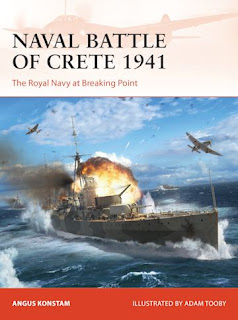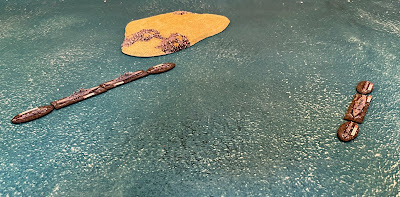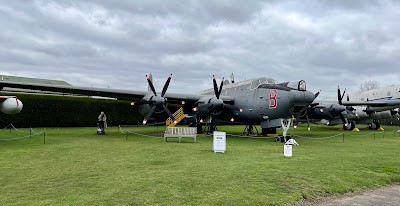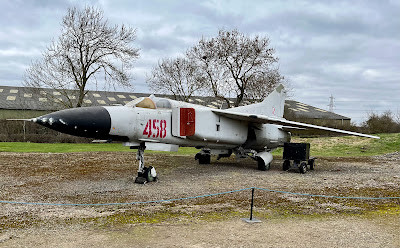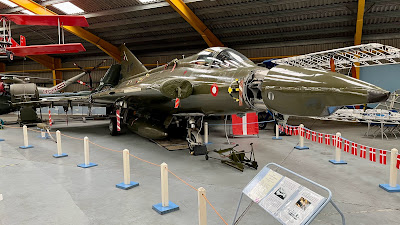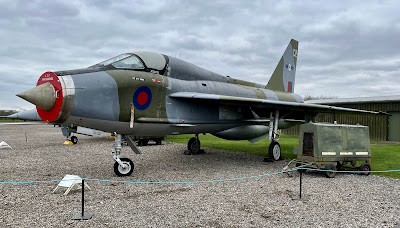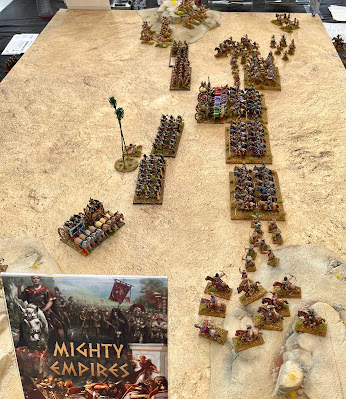I am delighted that my new book, 'Chasing the Soft Underbelly: Turkey and the Second World War', is now on sale, and at a special launch price until 4 April. This launch email has more details.
So, apart from shameless advertising, I wanted to say something about what this offers to wargamers.
I wrote an appendix on wargaming the actual and potential campaigns in the book. However, space precluded its inclusion in the book; in any case, I felt it didn’t do the subject justice. For that reason, I am writing a booklet to supplement the detailed history in the book. However, I have another book to write for Helion by the end of May, so that might have to wait for a while. Meanwhile, the book has a chapter on the Turkish armed forces, and there are 22 stunning colour plates, which wargamers and modellers will love.
Many historians are critical of counterfactual history because one new event inevitably leads to another and, therefore, quickly becomes alternative history. Chasing the Soft Underbelly covers actual events and plans, some of which were developed but not implemented. With Turkey during the Second World War, the temptation to indulge in ‘what if’ questions is almost irresistible. As wargamers, we can give in to that temptation. Historical wargamers often refight alternative history on the tabletop, and this book offers many opportunities to fight battles and campaigns that very nearly did happen.
The Turkish armed forces used equipment that was almost all imported and, therefore, widely available in all wargame scales. From the early war, R35 and T26 light tanks to the Valentine medium tanks, which were the mainstay of the 3rd Armoured Division at the end of the war. The same applies to artillery, aircraft, ships and transport, all of which are widely available.
 |
| A Turkish Valentine supported by infantry advance towards Bulgarian troops. |
The main challenge is infantry figures. The standard Turkish infantry of the Second World War had a tunic similar to the short French version and a distinctive cap and gaiters over their puttees, which was pretty unusual. The nearest equivalent is the Romanian infantry cap, but most figure ranges have helmeted Romanian infantry. The best options are Crusader Miniatures packs in 28mm and their Dragon Portes are in tunics with minimal kit. Battlefront produces French WW2 Tirailleurs in 15mm, with a short tunic. They also do support weapons. Some filing of the puttees and helmets is required with both.
There is more material on the 'Turkey WW2' tab on this blog, including some scenarios. You can also play a scenario that will appear in the booklet in the GDWS participation game, Adriatic Bridgehead, I am running at the Falkirk Carronade show on 13 May.
Go on, you just know you want a new project!
 |
| Later armour that equipped a Turkish tank battalion. Valentine, Stuart and a Dingo. |



